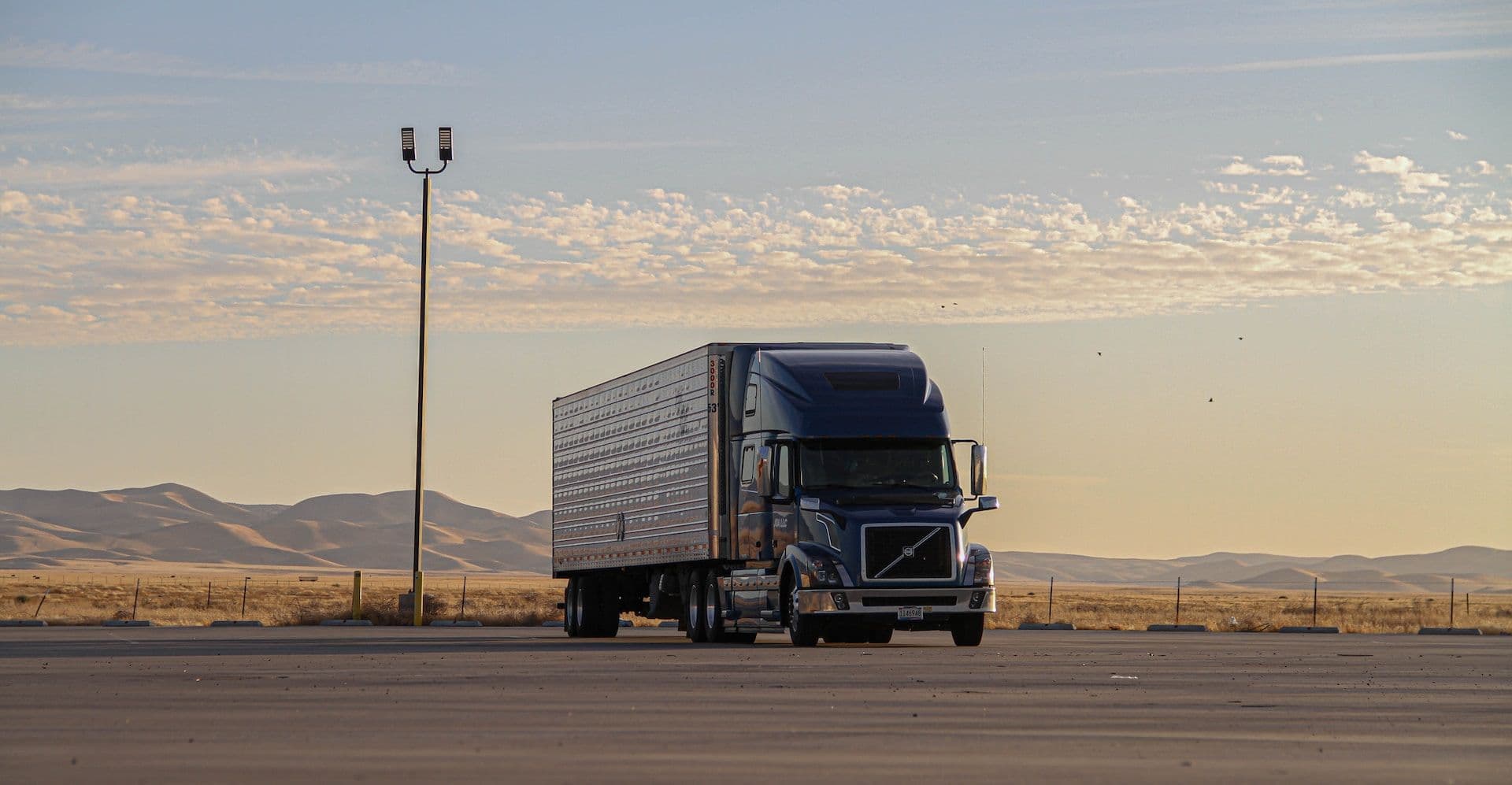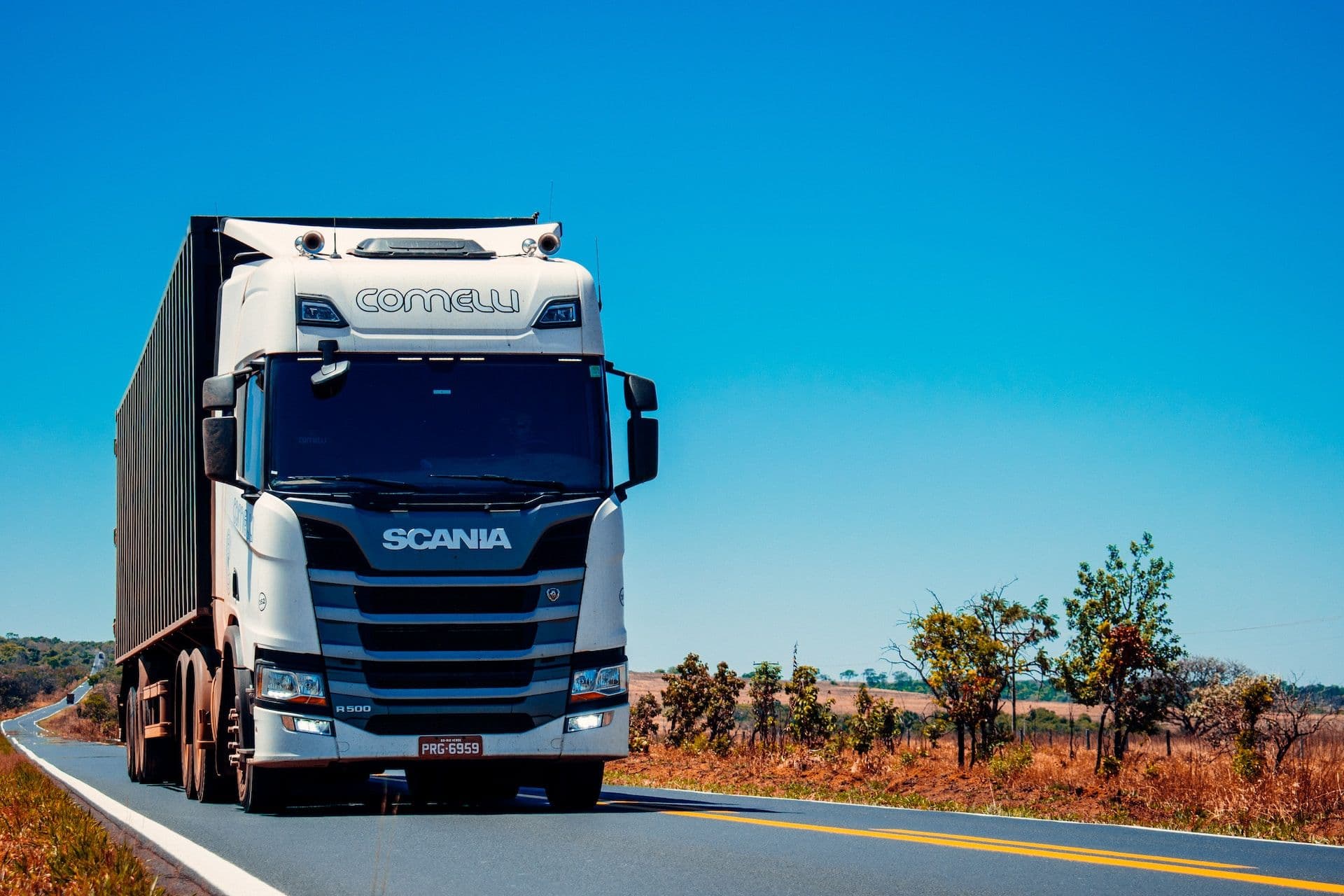Intermodal Freight's Resurgence in 2024
Intermodal freight volumes have seen a remarkable turnaround in 2024, increasing by 8.5%, according to a year-end report from the Intermodal Association of North America (IANA). This growth marks a significant rebound from the previous year's 5.9% decline, showcasing a revitalized economy and evolving international trade dynamics. The surge underscores the resilience and adaptability of the intermodal sector amid economic fluctuations and logistical hurdles.
International Container Flows Spur Growth
A key driver of growth was the impressive 13.9% surge in international container movements, reversing a 8.4% decline in 2023. This rise can largely be attributed to a 13% uptick in containerized imports into the United States, indicating increased demand for foreign goods and potential shifts in consumer preferences and supply chain strategies. Furthermore, domestic container shipments also rose by 5.4%, reinforcing the overall intermodal volume amidst a strong domestic market.
Trailer Originations Show Signs of Recovery
Despite a continued decline in trailer originations, the 16.1% drop in 2024 was less drastic compared to the 23.7% and 23.8% declines in 2023 and 2022 respectively. This suggests potential stabilization, fueled by improved efficiencies in trucking operations, a shift toward containerized freight, and evolving consumer demand. Notably, total tractor-trailer loadings exhibited a modest 0.8% gain, even as short-haul volume decreased by 3.4%, hinting at a possible shift towards long-haul and intermodal transportation.
The report emphasized regional disparities in intermodal freight activity, with nine out of ten regions experiencing increased originations in 2024. The Southwest led with 19.1% growth, followed by Mexico at 18.9%, highlighting a geographical shift in trade patterns alongside changes in manufacturing, distribution networks, infrastructure investments, and regional economic development.
Outlook for the Future
Joni Casey, outgoing president and CEO of IANA, expressed optimism, remarking, "The intermodal freight industry demonstrated resilience and adaptability in 2024, overcoming various challenges such as supply chain disruptions, labor shortages, and rising fuel costs. We anticipate continued growth in 2025, driven by sustained economic recovery, evolving consumer demands, and ongoing advancements in technology and infrastructure."
Factors Contributing to Robust Growth
The report attributed the robust growth of intermodal to several key factors:
- Economic Rebound: Enhanced consumer spending, business investment, and government stimulus have played crucial roles in fueling freight demand across sectors.
- E-commerce Boom: The rapid expansion of e-commerce, accelerated by pandemic-driven changes in consumer habits, underscored the need for efficient, flexible, and cost-effective intermodal transport solutions.
- Supply Chain Disruptions: Continued issues like port congestion, container shortages, and geopolitical tensions have driven shippers to diversify supply chains and adopt intermodal solutions.
- Environmental Concerns: Corporate sustainability initiatives have promoted a shift towards intermodal freight, offering lower carbon emissions and reduced environmental impact compared to traditional trucking.
- Technological Advancements: Digital platforms for tracking shipments, automation at terminals, and data analytics have enhanced intermodal freight efficiency, making it increasingly appealing to shippers.
Challenges and Opportunities Ahead
Despite a promising outlook, intermodal faces ongoing challenges, such as:
- Driver Shortage: A persistent shortage of truck drivers, especially for drayage operations, could impede intermodal efficiency and elevate costs and delays.
- Infrastructure Investment: Continued investment in rail networks, intermodal terminals, and port facilities is crucial to support future growth and accommodate rising volumes.
- Technological Advancements: While offering growth opportunities, rapid technology changes require industry adaptation and investment in digital transformation to remain competitive.
For more articles exploring the dynamics of intermodal freight and logistics, visit our Shop, Register, and Help Center to stay informed and ahead of the curve.

